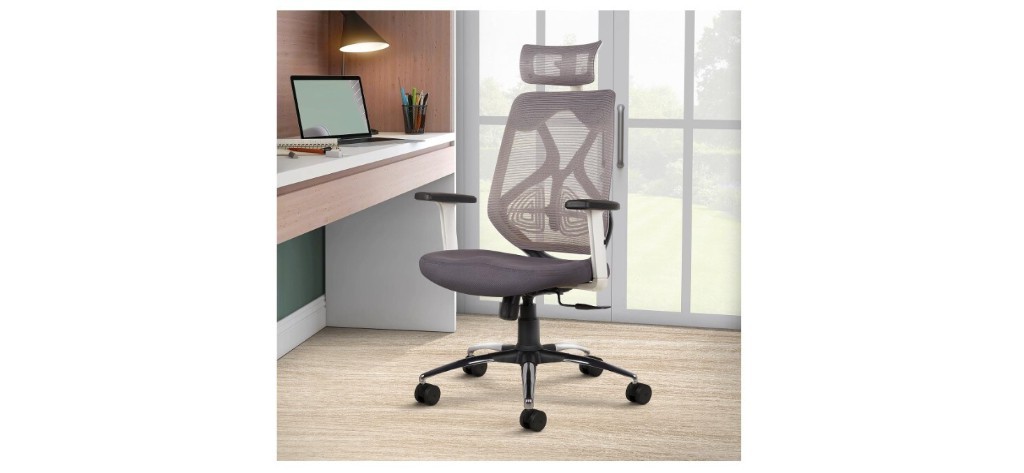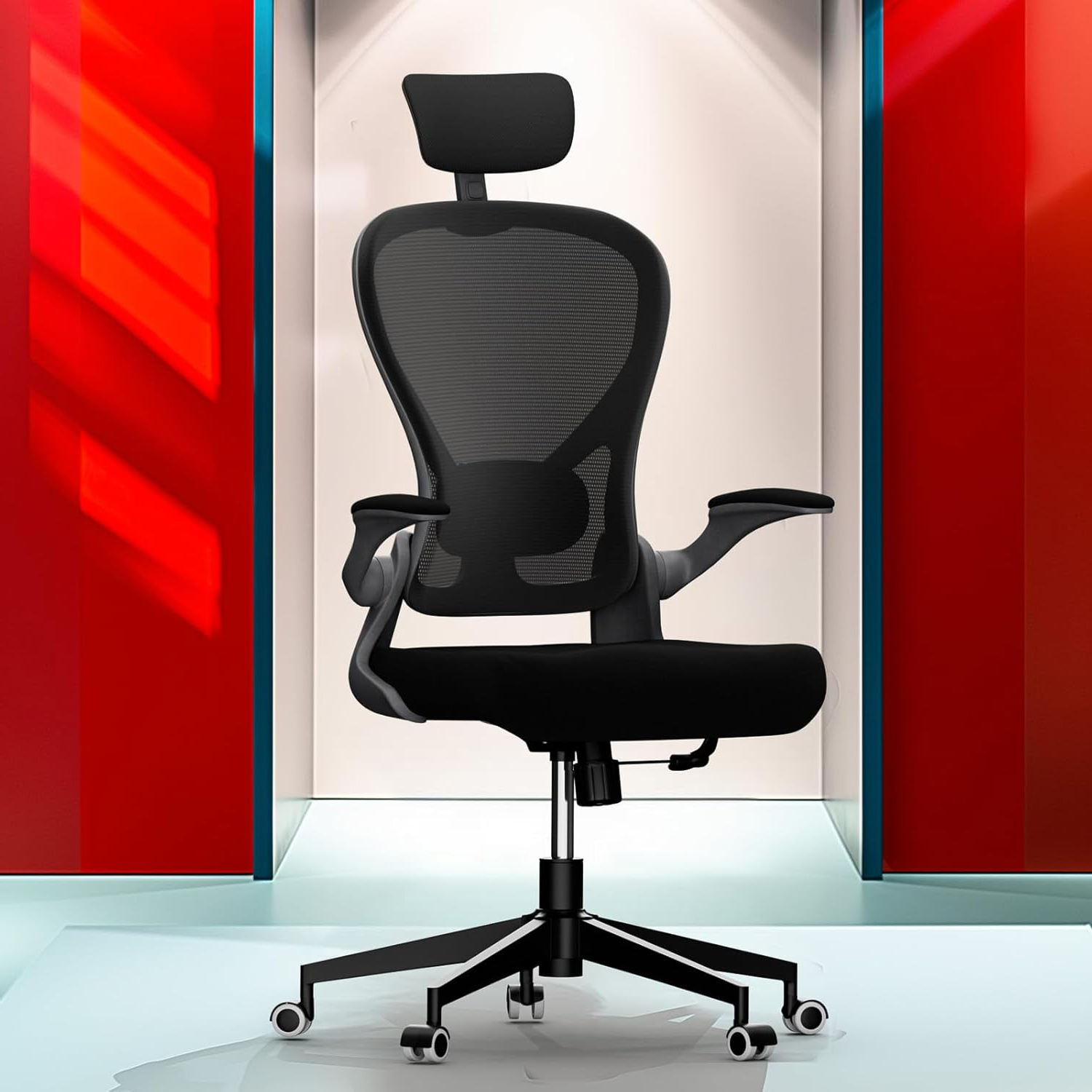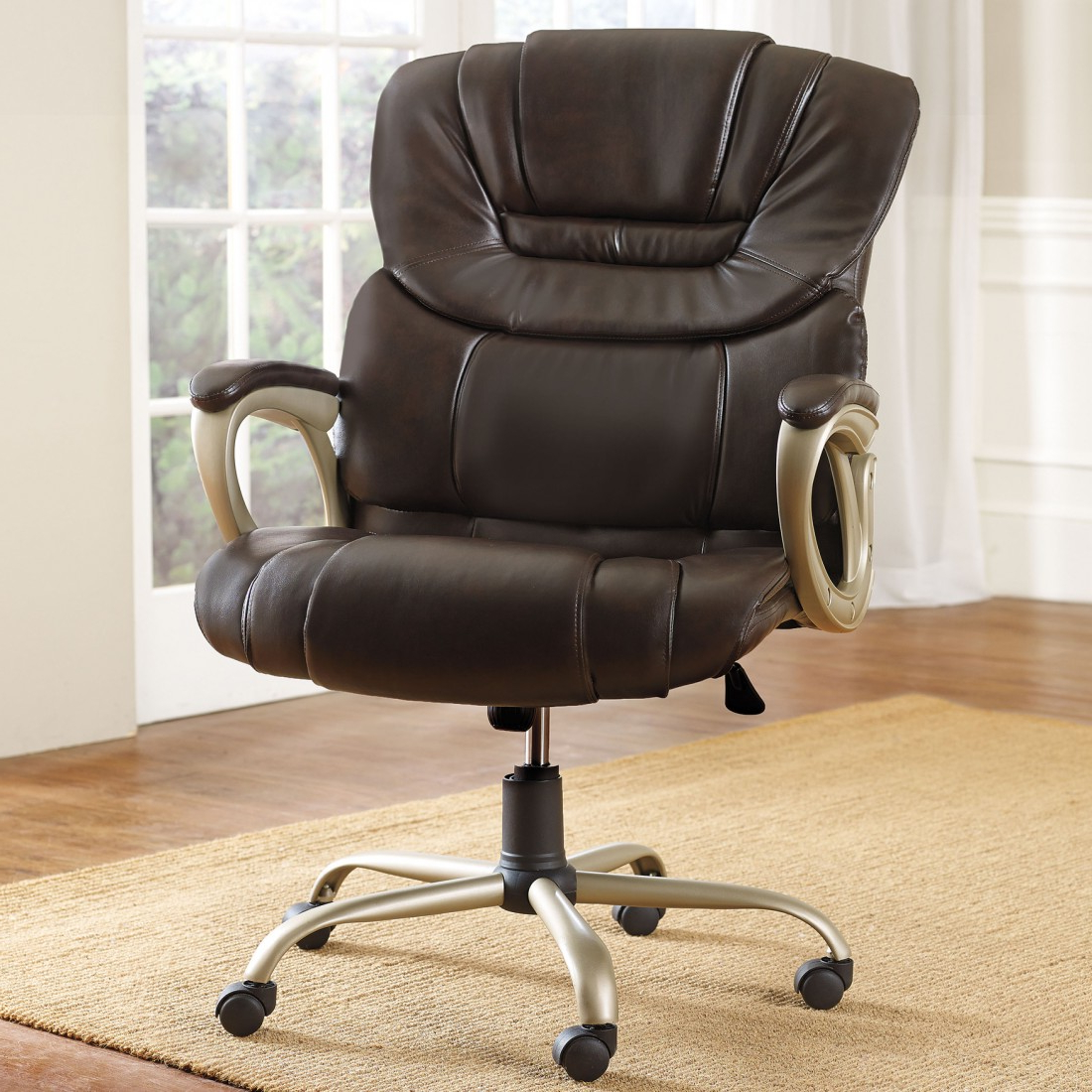We spend a huge chunk of our lives sitting. Think about it – those hours at your desk add up, right? And while we often focus on the ‘big’ things for our health, like diet and exercise, we tend to overlook the silent, constant companion to our workdays: our office chair. But here’s the thing, that seemingly simple piece of furniture has a profound, often unspoken, impact on how we feel, both physically and mentally. It’s not just about avoiding a sore back; it’s about fostering a healthier, more productive, and even happier you. Let’s dive into why this matters so much.
Imagine this: you’re deep in thought, tackling a challenging project, or in a long meeting. Your focus is sharp, your mind is buzzing. But then, a dull ache starts in your lower back, or your shoulders begin to tense up. Suddenly, your concentration wavers, and the task feels ten times harder. Sound familiar. This is where the humble office chair steps in, not just as a place to sit, but as a critical element in your overall well-being. For too long, we’ve treated office chairs as mere accessories, easily replaceable or even an afterthought. But the truth is, the design and fit of your chair play a significant role in your posture, energy levels, and even your mood. It’s time we gave this everyday object the attention it deserves and understood its hidden influence on our health.
The Physical Toll of a Poor Chair
Let’s get real about what happens when your chair isn’t doing its job. A chair that’s too low or too high, lacks proper lumbar support, or forces you into awkward positions can wreak havoc on your body over time. We’re talking about the usual suspects: back pain, neck strain, and shoulder discomfort. But it doesn’t stop there. Poor posture from an ill-fitting chair can lead to headaches, reduced circulation in your legs, and even aggravate conditions like carpal tunnel syndrome. It’s like trying to run a marathon in shoes that are two sizes too small – your body is constantly compensating, leading to fatigue and potential injury. Think about someone who slumps for eight hours a day; their spine is under constant, uneven pressure. This isn’t just uncomfortable; it’s a recipe for long-term musculoskeletal problems. We need chairs that support our natural curves and encourage good posture, not fight against it.
Beyond the Backache: Mental and Emotional Effects
The impact of a bad chair isn’t just physical. Ever notice how you feel more irritable or sluggish when you’re physically uncomfortable. That’s no accident. When your body is in pain or strained, your brain is constantly sending distress signals. This can lead to increased stress, reduced focus, and a general feeling of being ‘off.’ Conversely, a supportive and comfortable chair can actually boost your mood and productivity. When you’re not distracted by physical discomfort, your mind is free to focus on your work, leading to better problem-solving and creativity. It’s a virtuous cycle: a comfortable body leads to a clearer, happier mind. Imagine sitting in a chair that cradles you, allowing you to relax into your work. That sense of ease can ripple outwards, making your entire workday feel more manageable and enjoyable.
Key Features for a Healthier Sit
So, what makes a chair ‘good’ for your well-being. It’s not just about plush cushioning. Look for these essential features:
- Adjustable Lumbar Support: This is crucial for maintaining the natural curve of your lower back. It should be adjustable both in height and depth.
- Seat Height Adjustment: Your feet should be flat on the floor, with your knees at roughly a 90-degree angle. This ensures proper circulation and reduces pressure on your thighs.
- Seat Depth Adjustment: You should be able to fit two to three fingers between the back of your knees and the edge of the seat. This prevents pressure points and aids circulation.
- Armrest Adjustability: Armrests should be at a height that allows your shoulders to relax, not hunch up. They should be adjustable in height and ideally width.
- Swivel and Tilt Mechanism: The ability to swivel and tilt allows for natural movement and changes in posture throughout the day, preventing stiffness.
- Breathable Material: This might seem minor, but comfort really matters. Materials that allow for airflow can prevent overheating and discomfort during long sitting periods. A chair that makes you feel sticky and hot is never going to be conducive to good well-being.
Finding the ‘Just Right’ Chair for You
The perfect office chair is a personal thing. What works for one person might not be ideal for another, simply because we all have different body shapes and sizes. When you’re looking for a new chair, don’t just go by looks or price.
- Try Before You Buy (If Possible): Spend a few minutes sitting in a chair. Really feel how it supports your back and how comfortable you are. Walk around in it a bit if you can.
- Consider Your Work Habits: Do you lean forward a lot when you’re concentrating, or do you prefer to recline. Choose a chair that accommodates your natural working style.
- Don’t Be Afraid to Invest: While it might seem like a significant expense, think of it as an investment in your health. A good chair can last for years and prevent costly medical issues down the line. A cheap chair that needs replacing every year or two isn’t really saving you money in the long run. It’s about quality and durability, and how it supports your body.
Beyond the Chair: Movement is Key
Even the most ergonomically perfect chair can’t solve all your problems if you sit rigidly for eight hours straight. Movement is absolutely vital. The best office chair is one that encourages you to move.
- Take Regular Breaks: Stand up, stretch, and walk around for a few minutes every hour. Set a timer if you need to.
- Incorporate Micro-Movements: Shift your weight, do some gentle stretches in your seat, or even try a standing desk for part of the day.
- Listen to Your Body: If you feel stiffness or discomfort, change your position. Don’t just power through it. Your body is giving you signals that it needs a change. A chair that allows for easy adjustment and movement is your ally here. It’s about creating a dynamic sitting experience rather than a static one.
The Long-Term Benefits of Conscious Seating
Choosing the right office chair and using it mindfully isn’t just about immediate comfort; it’s about investing in your long-term health and productivity. By prioritizing a supportive and adjustable chair, you’re actively working to prevent chronic pain, reduce stress, and enhance your overall quality of life. Think about the cumulative effect of years spent in a chair that truly supports you versus one that hinders you. The difference can be immense. You’ll likely find yourself with more energy, fewer aches and pains, and a greater capacity to focus and perform. It’s a simple change with far-reaching benefits that extend well beyond the confines of your office.
So, the next time you settle into your office chair, take a moment to notice how it feels. Is it a supportive partner, or a silent saboteur. The right office chair is much more than just a piece of office furniture; it’s a fundamental component of your daily well-being. By understanding its impact and making informed choices, you can transform your workspace into a place that not only fosters productivity but also genuinely supports your physical and mental health. Don’t underestimate the power of a good sit. It’s a small change that can make a world of difference in how you feel, day in and day out.


![10 Best Big and Tall Office Chairs That Won't Break [2025 Review]](https://homeskoe.com/wp-content/uploads/2025/10/10-Best-Big-and-Tall-Office-Chairs-That-Wont-Break-2025-Review.jpg?width=480&f=jpg)



![Heavy Duty Office Chair for Big & Tall Users [300-500 lbs Capacity]](https://homeskoe.com/wp-content/uploads/2025/10/amazon-com-yamasoro-plus-size-office-chair-for-heavy-people-big-and-for-office-chair-plus-size.jpg?width=480&f=jpg)









